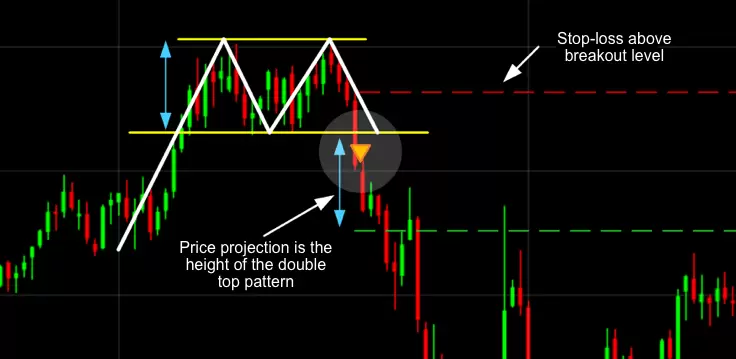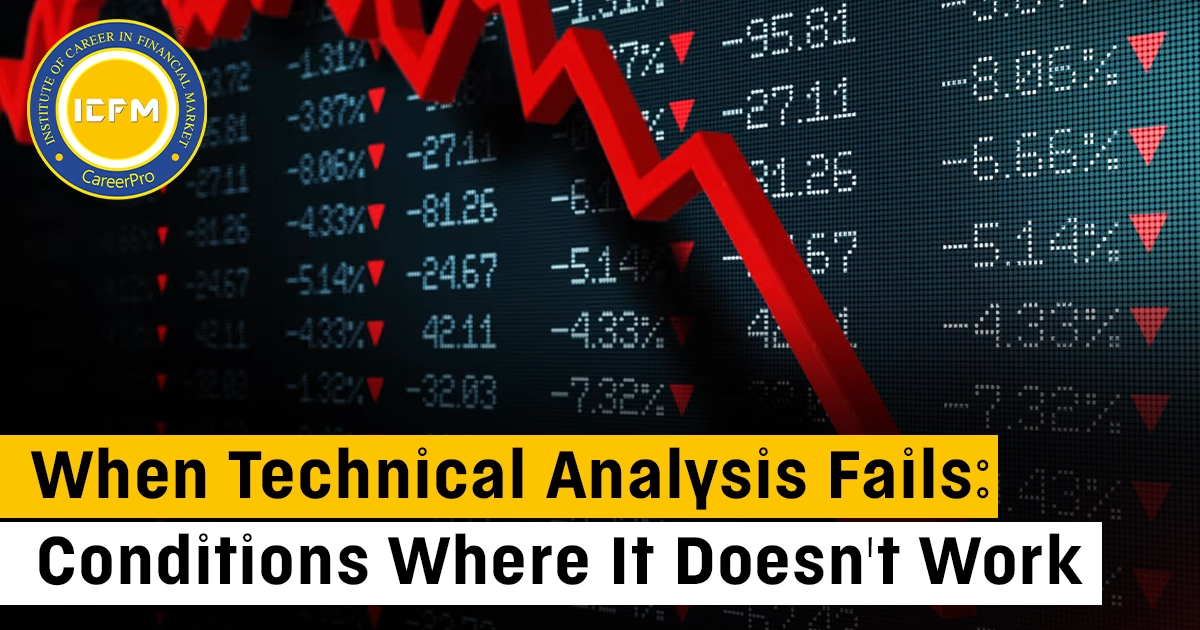Techniques of Technical and Fundamental Analysis: Creating a Winning Strategy
Among various schools of thoughts within the trading ecosystem, one can easily identify the two favorites that are always at odds with each other: technical analysis and fundamental analysis. Both are powerful in their own aspects, but combined, they create a deadly strategy that helps traders make decisions with greater precision.
Grasping the Basics
- Positioning market price chart data and trading activity data (for a given trading instrument) Technically Analysed subdivided into the action itself and the volume of actions undertaken during a specific time period. Technical analysis traders have faith in charts, historical patterns, and other tools, including automated ones like 'moving averages' and the RSI (Relative Strength Index), to determine optimal entry and exit positions.
- On the other hand, Fundamental Analysis looks at the underlying factors determining the value of an asset which includes the economic data, earnings reports, news, and even political/strategic changes on a global scale. For instance, in the case of stocks, this could mean analyzing the concerned company's balance sheet, its earnings, asset growth, etc.
What Is the Purpose of Using Both Strategies?
Fundamental analysis tracks long-term potential and asset value while the market is currently using technical analysis which provides real time price analysis along with the general sentiments of the market. Integrating both aspects fundamentally increases the quality of the trading decisions made and for the following reasons:
1. True Market Value: The fundamentals assist in determining the real worth of an asset and technical analysis works on current movements. A trader gets a clearer picture of whether the market's perception considers an asset overvalued or undervalued by merging both fundamentals and technicals.
2. Precise Trading: Selecting for a desirable asset can be conducted with fundamental analysis, while the technical can inform on the precise moment to trade. A situation may arise where an asset offers strong earnings (fundamental supporting) but one's position on the chart is still showing weakness (technical downtrend). That trader can wait during a trend reversal before entering.
3. Effective Risk Control: Both analysis allow traders to better manage associated risks. For instance, a trader who knows the fundamentals are sound for a company but the technicals suggest overbought indices might wait to trade until the prices correct. If the technical indicators suggest a strong trend but the fundamentals are weak, a trader would avoid overexposing positions.
Conclusion
As we have seen, the combination of technical and fundamental analysis is beneficial to trading strategies. While technical analysis sheds light on an asset’s price movement for short term, fundamental analysis offers the long term view on the asset’s performance. Together, they equip traders with strategies to trade confidently in the markets.









